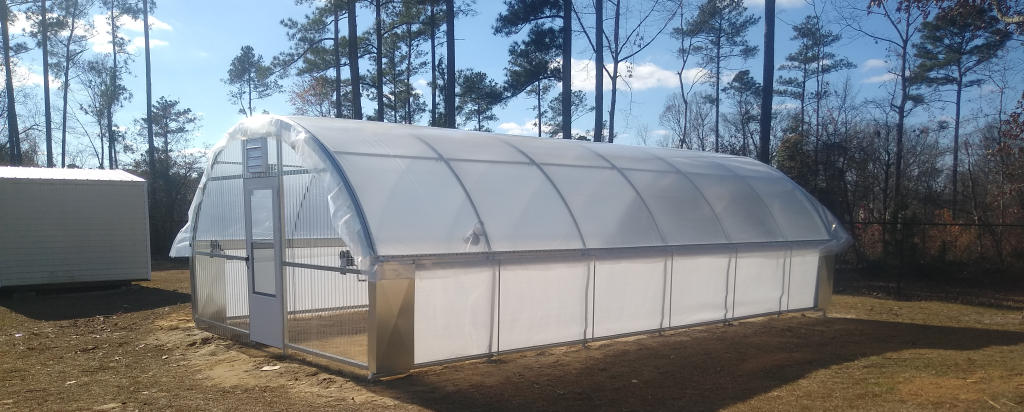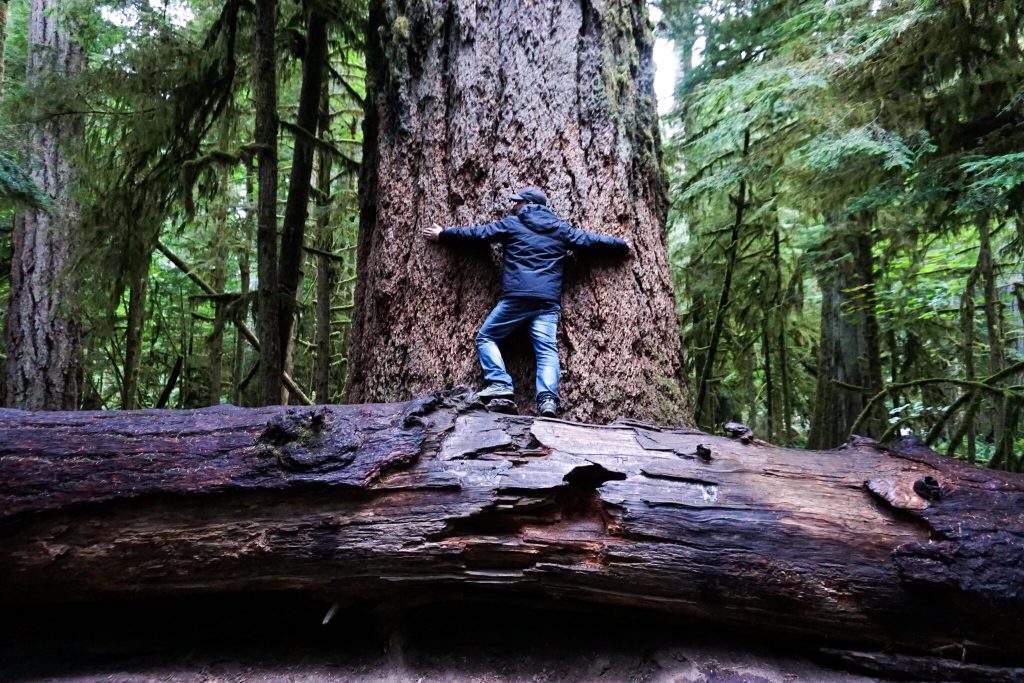
Dear 8th Grade Parents/Guardians,

Dear 8th Grade Parents/Guardians,

Registration will provide communications about launch schedule changes, information about highlighted launch-related activities, and access to curated launch resources.
Northrop Grumman’s 15th commercial resupply services mission is scheduled to deliver cargo to the International Space Station in the S.S. Katherine Johnson Cygnus spacecraft. Launch is from the Mid-Atlantic Regional Spaceport’s Pad-0A at NASA’s Wallops Flight Facility on Wallops Island.
While there is no physical ticket for online participation nor access to in-person launch activities, register to participate from your spot in the universe!
Register NowThe use of the NASA logo or identifiers without permission of the Office of Communications is prohibited by federal statute and regulations, the violation of which may include fines, imprisonment, or both.

Thank you to GO Grant for helping us build our new Greenhouse. Students of all ages will be able to use this on-site greenhouse to enhance STEM by taking a short walk and enjoy hands-on experiences. From the life cycle and parts of a plant to biology, students from all groups can engage with our new greenhouse. Students in elementary school can see firsthand how weather affects growing conditions. Tending to plants teaches them responsibility, and they start to experience at an early age the reward of seeing their hard work blossom.
Middle schoolers may start branching out from the gardening and growing basics, conducting experiments related to temperature controls, fertilizers or even taking note of which plants may thrive in certain conditions or in their local climate. Students get an up-close look at ecosystems and their components. In high school, students may develop an interest in horticultural programs and continue to build on these lessons, possibly even developing entrepreneurial skills.

Contest Dates: Jan. 19, 2021-March 2, 2021
Note: Register for our live webinar on Jan. 14 on teaching informational writing with a STEM theme.
Why do hummingbirds nap? How do coronavirus vaccines work? Can two robotic spacecraft land on the moon at once? How do plant roots compete for water? Do foods like kiwis and cherries affect our sleep patterns?
If you click on any of these articles, you’ll see that they are written for a general reader. Special technical or scientific knowledge is not required, and each is designed to get our attention and keep it — by giving us “news we can use” in our own lives, or by exploring something fascinating in a way that makes it easy to understand and shows us why it matters.
That’s what Times journalists do every day across our Science, Health and Technology sections.
For this contest, The Learning Network invites you to bring that same spirit of inquiry and discovery to finding a STEM-related question, concept or issue you’re interested in, and, in 500 words or fewer, explaining it to a general audience in a way that not only helps us understand, but also engages us and makes us see why it’s important.
So what questions do you have about how the world works? What science, technology, engineering, math or health questions might be inspired by your own life or experiences? What innovations, processes or problems in any of these areas puzzle or intrigue you? What concepts in STEM — whether from biology, physics, psychology, computer science, algebra or calculus — have you learned about, in or out of school, that might be useful or fun to explain to others?
Click Here To View Full Article: https://www.nytimes.com/2020/12/23/learning/our-2nd-annual-stem-writing-contest.html